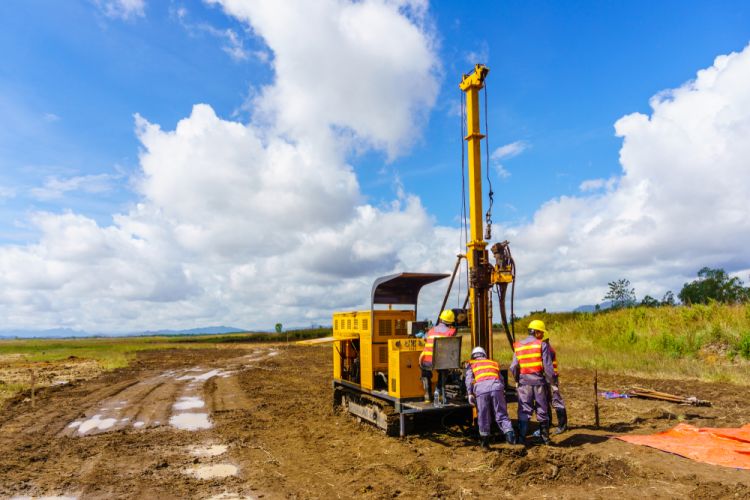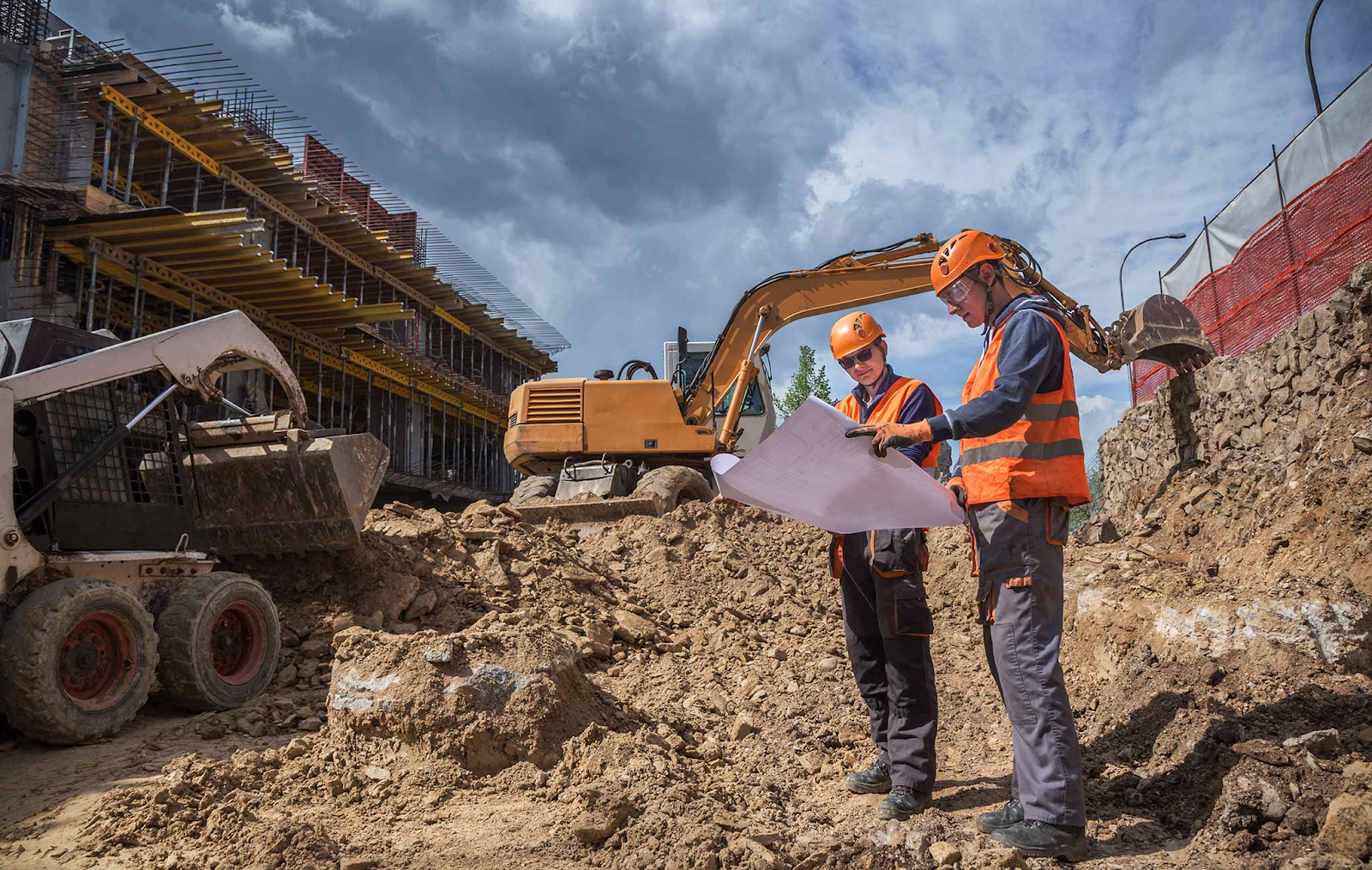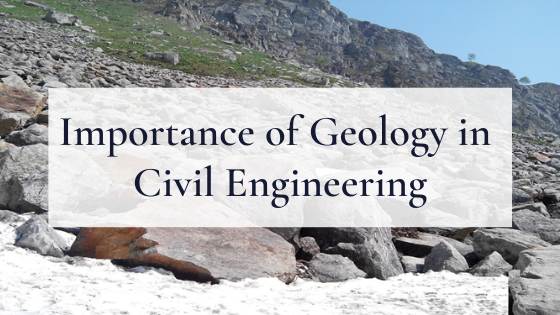What Does Geotechnical Engineering For Construction Projects Mean?
What Does Geotechnical Engineering For Construction Projects Mean?
Blog Article
The smart Trick of Geotechnical Engineering For Construction Projects That Nobody is Discussing
Table of ContentsGetting The Geotechnical Engineering For Construction Projects To WorkThe Single Strategy To Use For Geotechnical Engineering For Construction ProjectsThe 15-Second Trick For Geotechnical Engineering For Construction ProjectsRumored Buzz on Geotechnical Engineering For Construction ProjectsWhat Does Geotechnical Engineering For Construction Projects Mean?Little Known Facts About Geotechnical Engineering For Construction Projects.Little Known Questions About Geotechnical Engineering For Construction Projects.
Principles and Practice of Ground Enhancement. Ground Enhancement Principles And Applications In Asia. Style analysis in rock technicians.Cengage Learning, Stamford, 666 p. Atkinson, J., 2007. The mechanics of soils and foundations. Taylor & Francis, N.Y., 442 p. Drifting Offshore Wind Generators: Feedbacks in a Sea state Pareto Optimum Layouts and Financial Assessment, P. Sclavounos et al., October 2007. Nicholson, D, Tse, C and Cent, C. (1999 ). The Observational Approach in ground engineering concepts and applications.
The Ultimate Guide To Geotechnical Engineering For Construction Projects
Laboratory and area testing plays a critical function in this procedure. By drawing out examples from the earth's subsurface and using a suite of tests, geotechnical designers can predict the practices of soil layers and review their suitability for different construction endeavours. The significance of geotechnical engineering in civil engineering can not be overemphasized, attributable to numerous elements: The first step in any type of geotechnical research study entails identifying the dirt kind at the construction site.
Recognizing these qualities makes certain that just ideal soil types are selected for the advancement, therefore avoiding potential structural failures. The foundation serves as the bedrock of any kind of building and construction task. Choosing the appropriate structure type is a choice that pivots on the thorough evaluation provided by geotechnical engineering. This ensures the longevity and stability of structures by fitting the loads they will bear.

Geotechnical site investigation is a vital action in the preparation and implementation of any kind of building job. It involves the collection and analysis of information connected to the physical residential properties of soil and rock underneath a suggested building site. This information is important for the design and building and construction of secure, steady, and sustainable frameworks.
Little Known Questions About Geotechnical Engineering For Construction Projects.
, also understood as subsurface expedition, entails a series of activities intended at establishing the soil, rock, and groundwater problems at a construction site. The primary goals are to identify prospective geotechnical risks, assess the engineering residential or commercial properties of subsurface products, and give recommendations for the design and building of foundations, preserving wall surfaces, and various other structures.
The desk study aids in recognizing possible geotechnical problems and preparing the subsequent fieldwork. This entails observing the topography, drainage patterns, existing frameworks, vegetation, and any signs of instability or disintegration.
Rumored Buzz on Geotechnical Engineering For Construction Projects
Superficial test pits are dug deep into to straight observe and example the soil and rock. This approach works for studying the top layers of the subsurface and determining near-surface hazards. Non-invasive geophysical techniques, such as seismic refraction, ground-penetrating radar (GPR), and electric resistivity tomography (ERT), are utilized to map subsurface problems and identify anomalies.
Soil and rock examples accumulated throughout the area investigation are subjected to lab testing to identify their physical and mechanical homes. These tests provide vital data for geotechnical evaluation and style.
The key advantage of geotechnical website investigation is making sure the security and security of frameworks. By recognizing the subsurface conditions, engineers can develop foundations and other structural elements that can stand up to the lots and ecological forces they will certainly undergo. This decreases the threat of negotiation, decrease, and architectural failure.
The smart Trick of Geotechnical Engineering For Construction Projects That Nobody is Talking About
As an example, comprehending dirt features can direct the choice of excavation techniques, dewatering techniques, and ground renovation measures. This ensures effective and safe building and construction techniques. Geotechnical website investigations are typically called for by developing codes and regulations. Following these needs guarantees conformity with legal and safety and security standards, preventing potential legal liabilities and job hold-ups.
This info is indispensable for job managers, designers, and specialists in creating realistic routines, spending plans, and backup plans. Geotechnical Engineering for Construction Projects. High-Rise Structure in a Coastal AreaIn a seaside city, a skyscraper domestic structure was intended on a site with suspected loose sand deposits and a high water table. A comprehensive geotechnical examination, consisting of borehole exploration, CPT, and geophysical surveys, was conducted
The Main Principles Of Geotechnical Engineering For Construction Projects
Based on these findings, the structure design was customized to include deep heap structures prolonging into stable strata, and ground improvement strategies, such as vibro-compaction, were applied to minimize liquefaction dangers. This positive approach made certain the safety and security and stability of the structure while avoiding costly post-construction removal. Facilities Growth on a Sloping TerrainA major infrastructure task, including the construction of a freeway and bridges, was intended on reference a hilly surface with steep inclines.

The Leaning Tower of Pisa (Italy), a renowned architectural wonder, is infamous for its unplanned tilt from considerable geotechnical concerns. The tower's structure was inadequately created to deal with the soft, unpredictable dirt beneath it, bring about unequal negotiation and its distinctive lean. Our world is populated with impressive facilities projectsfrom looming high-rise buildings to sprawling bridgesall standing testament to the evolution of the different construction devices and techniques available.
Geotechnical design is a customized field within civil engineering that concentrates on researching the habits of planet products. This branch digs deep right into the groundinvestigating just how the soil, rock, and groundwater at a building and construction website can influenceand be influenced bythe facilities that we put up on and into them. Before a single brick is laid or a concrete structure put, geotechnical engineers probe into the earthgathering critical data about the website's dirt composition, rock structure, and groundwater levels.
Geotechnical Engineering For Construction Projects - An Overview

is a device read this article made use of to analyze the integrity and load-bearing capacity of piles during setup, leveraging the principle of wave proliferation. It enhances building effectiveness by supplying real-time examinations, hence making certain secure and effective pile foundations. Among the sensible applications of geotechnical design entails deciding and executing the right approaches for structure building and construction.
Pile driving stands for greater than the simple act of putting architectural elements into the ground. However, it is a meticulously coordinated procedure of moving a structure's load past the much less secure dirt layers better to the surfacedown to the much more substantial strata that exist underneath. In the instance of heap driving, think about exactly how geotechnical designers skillfully use this technique to equally disperse the structure's weight.
Report this page